Reforming the Role of SROs in the Securitization Process
During the last few decades, securitization has become a primary channel for enlarging
financial markets and transferring credit risk from lenders to investors. Outstanding issues of privately securitized assets peaked worldwide at just under $12 trillion in 2008.
When properly structured and monitored, securitization promises numerous benefits. It can generate opportunities for specialization that reduce funding costs, increase the range of financial products available, encourage financial institutions to deploy capital more efficiently, and allow borrowers, lenders, and investors to manage their risks more flexibly. However, transferring risk undermines incentives to perform due diligence at virtually every stage in the securitization process. In the last year, evident shortfalls of care and diligence in the origination, rating, and securitization of mortgages have led to a collapse in the prices of securitizations related to subprime mortgages, alt‐A mortgages and other leveraged loans. The suddenness and extent of this price decline has undermined confidence in the reliability and integrity of the ratings process for asset‐backed securities, and has reduced prices and credit flows in every market in which investors count on ratings firms to ascertain the quality of debt.

